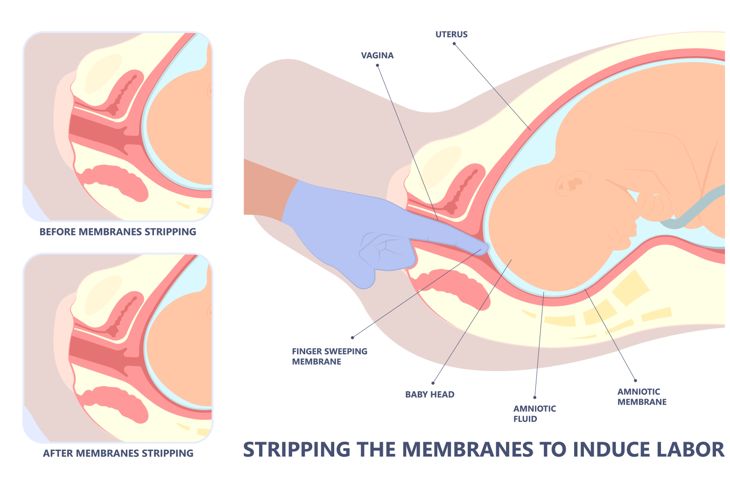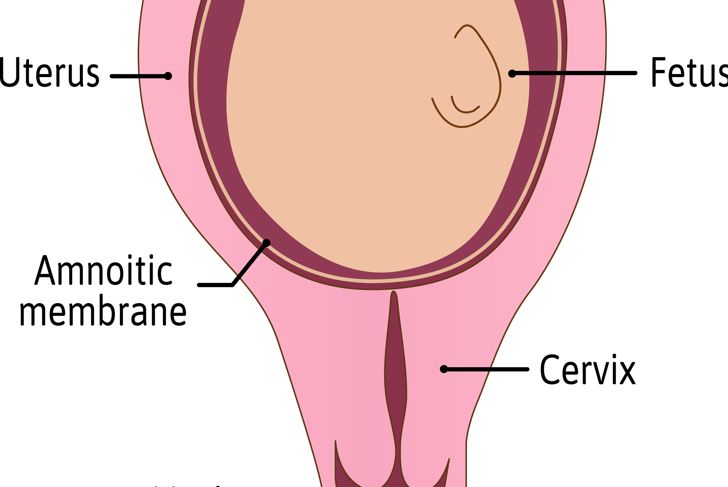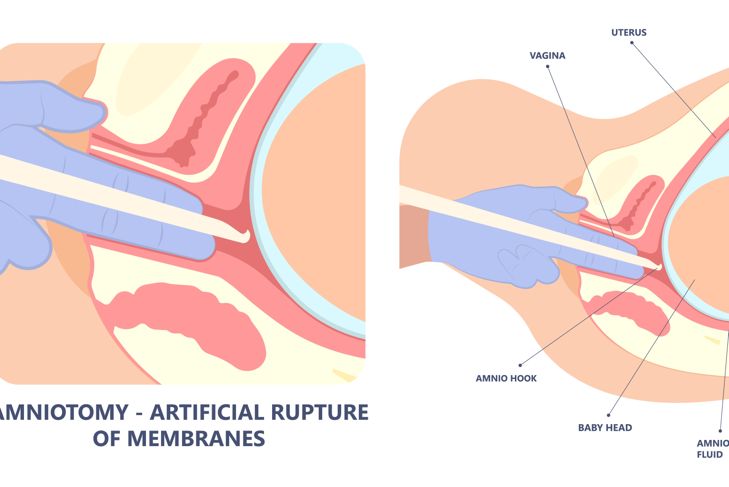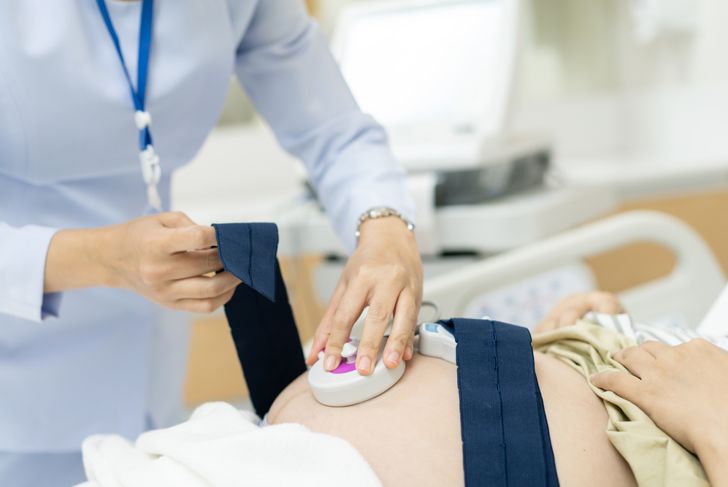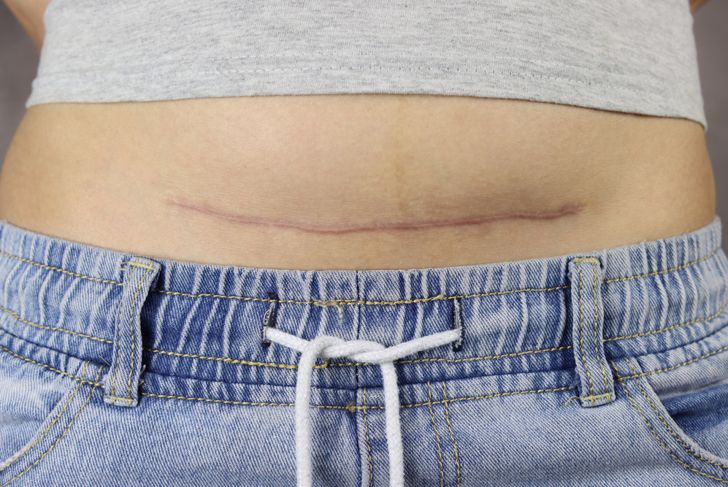In most pregnancies, labor and childbirth happen when they happen, somewhere around the due date, and there is not much a pregnant person can do to get things going. When mother nature needs a little nudge, though, a doctor may recommend induction.Inducing a pregnancy involves stimulating the uterus to begin contracting before the body naturally goes into labor, resulting in a vaginal birth. Doctors recommend inductions for various reasons, but they are most common when there are concerns about the mother’s or baby’s health.
Membrane Stripping
One way doctors induce pregnancy is through membrane stripping. This procedure occurs during a cervical exam, but only if the cervix is already dilated.The doctor uses their finger to pull the amniotic sac away from the uterine walls of the uterus. When the membranes are separated, the body releases prostaglandins, which are hormones that cause contractions and soften or ripen the cervix.
Ripening the Cervix
During natural labor, the cervix dilates, thins, and softens, a process called cervical ripening. To help with this process, doctors sometimes use synthetic prostaglandins in the vagina.They may also insert a foley catheter into the cervix and fill the balloon with water. The light pressure of the catheter against the cervix can stimulate ripening, and the catheter falls out on its own as the cervix dilates.
Rupturing the Membranes
Another method to induce labor is rupturing the membranes, also called an amniotomy. The doctor passes a small hook through the cervix and tears a small hole in the amniotic sac, mimicking what naturally happens when the water breaks during natural labor. The doctor will only perform this technique if the cervix is thinned and partially dilated and the baby’s head is deep in the pelvis.
Pitocin Drip
If other induction methods are unsuccessful or if it has been 24 hours since the rupturing of membranes, the next step is usually Pitocin. Pitocin is synthetic oxytocin, the hormone in the body that causes contractions. Doctors administer Pitocin through an IV, and contractions usually begin after about 30 minutes.
Reasons for an Induction
There are many reasons a doctor may recommend induction. Gestational diabetes, high blood pressure, and certain medical conditions can put the mother’s health at risk, making prompt delivery the best option.Other reasons for induction are an infection in the uterus, if the baby is not growing appropriately, or if there is not enough amniotic fluid surrounding the baby. When the pregnancy goes two weeks beyond the due date or if the membranes rupture early, the doctor is also likely to recommend induction.
Who Cannot Be Induced
Some factors can make it unsafe to induce labor. For example, induction is not safe if the placenta is low and covers the cervix, the umbilical cord has slipped into the birth canal before delivery, or if the baby is breech or sideways.Anyone with a history of major uterine surgery or who has had a prior C-section with a classical or vertical incision should not be induced, as there is an increased risk of uterine rupture. Women with active genital herpes infections also cannot be induced.
From Induction to Birth
The results of induction vary from one pregnancy to the next. How smoothly and quickly labor progresses after an induction largely depends on the cervix.If the cervix is dilated or effaced or if the Bishop score is high, the induction will likely be successful. Inductions of first-time parents tend to take longer than in those who have already had children.
Risks of Labor Induction
Inducing delivery comes with some risks. Some substances used to induce contractions, like prostaglandins and Pitocin, can cause abnormal contractions. These can affect the baby’s oxygen supply and cause a low heart rate. Rupturing the membranes can increase the risk for infection if the baby is not delivered within 24 hours. There is also a higher chance of the mother bleeding after delivery because the uterus doesn’t contract properly after birth.A serious but rare complication of induction is uterine rupture, which happens when the uterus tears during labor, usually along a scar from a previous C-section or incision. If this happens, the baby will be born via emergency C-section, and the uterus may need to be removed.
Failed Induction
Not every induction results in a vaginal delivery. Because the body is artifically forced into labor, the process may stall if the mother’s body or the baby is not ready.If doctors cannot speed up the process, they’re likely to do a C-section instead. About 25 percent of first-time mothers need a C-section after a failed induction.
Elective Inductions
Elective inductions are scheduled for convenience rather than medical necessity. Research shows that induction at full term for uncomplicated single gestations does not increase the risk of C-section, so elective inductions are a safe option for people who have a history of fast delivery but live far from a hospital.Generally, doctors will ensure that the baby will be at least 39 weeks gestation before scheduling the induction to reduce the risk of complications.

 Home
Home Health
Health Diet & Nutrition
Diet & Nutrition Living Well
Living Well More
More